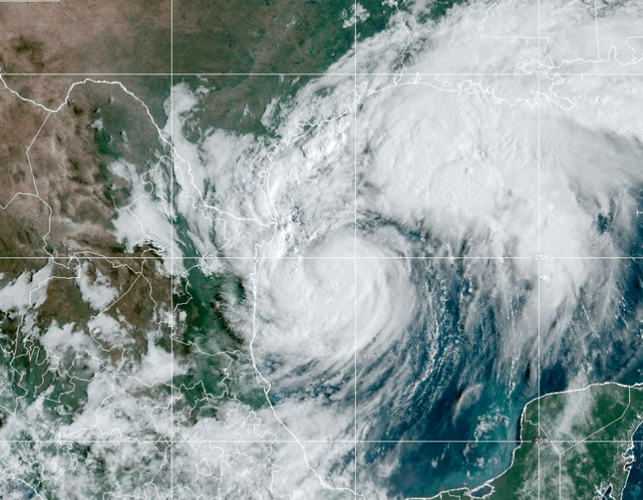
NEW ORLEANS (September 6, 2020) – Combine an increase in COVID-19 cases with the start of flu season, and you have another reason to get your flu shot: to help save medical resources.
Lyntrell Picot, licensed practical nurse for Student Health Services, said, “Flu vaccines have been shown to reduce the risk of flu illness, hospitalization and death. Getting a flu vaccine can also save health-care resources for the care of patients with COVID-19.”
The flu and coronavirus have similar symptoms, and people can become infected with both diseases at the same time, a double whammy during this scary times.
Dr. Roland Bullard, vice president for Student Success, said the campus typically offers flu shots every year, and this year is no different.
While Student Health Services does not offer the shots in its clinic here, Dillard has partnered with Walgreens pharmacy for flu shot clinics. And DU’s Minority Health & Health Disparities Research Center offered its second clinic today through 2 after its event Oct. 30.
These clinics offer shots to faculty, staff, students and the greater Gentilly community free with proof of insurance, including Medicare and Medicaid, and at a cost of $27 for the uninsured.
Already, Gov. John Bel Edwards has extended Phase 3 pandemic guidelines at least until Dec. 4 as coronavirus trends slowly rise here, with 185,825 cases reported to date in the state and 5,766 deaths. Orleans Parish, which is No. 3 in the state, has reported 13,673 cases and 599 deaths to date.
Louisiana once was No. 1 in the country in cases per capita, but it is now No. 6, and the state hasn’t seen big increases as have other Sun Belt states. But the nation marked its second straight day Thursday of 200,000 COVID-19 cases per day.
While a person can get the flu anytime of the year, according to the U.S. Centers for Disease Control and Prevention, flu viruses are most common during the fall and winter, lasting as late as May. Flu activity generally is at its peak in December, January and February.
Both viruses have some similar symptoms, but COVID-19 is much more lethal and has no vaccine in sight. The CDC estimates that between 12,000 and 61,000 flu deaths have occurred each year since 2010, with a mortality rate of well below 0.1 percent. Compare that to a mortality rate for COVID-19 of between 3 percent and 4 percent. As of today, with seven weeks remaining in the year, the COVID count in America is 10,001,389 cases and 241,667 deaths.
Thus, as Picot said, it’s easy to see how the presence of both viruses with similar symptoms could overwhelm already overworked emergency departments and intensive care units.
Meanwhile, the university is conducting surveillance testing for COVID-10. Starting the week of Oct. 7, 5 percent of the entire campus population (students, faculty and staff) are being tested weekly. The method of test collection is a swab that individuals administer themselves. The swab is small and is not inserted deep into the nose, and results are available within 15 minutes.
Bullard said, “Students, faculty and staff will be selected and required to participate.”
Picot said the testing will continue throughout the semester and is tentatively planned for the spring as well.
“It is an important part of our effort to support the health and safety of the campus community as we continue to confront the pandemic,” she said.


























